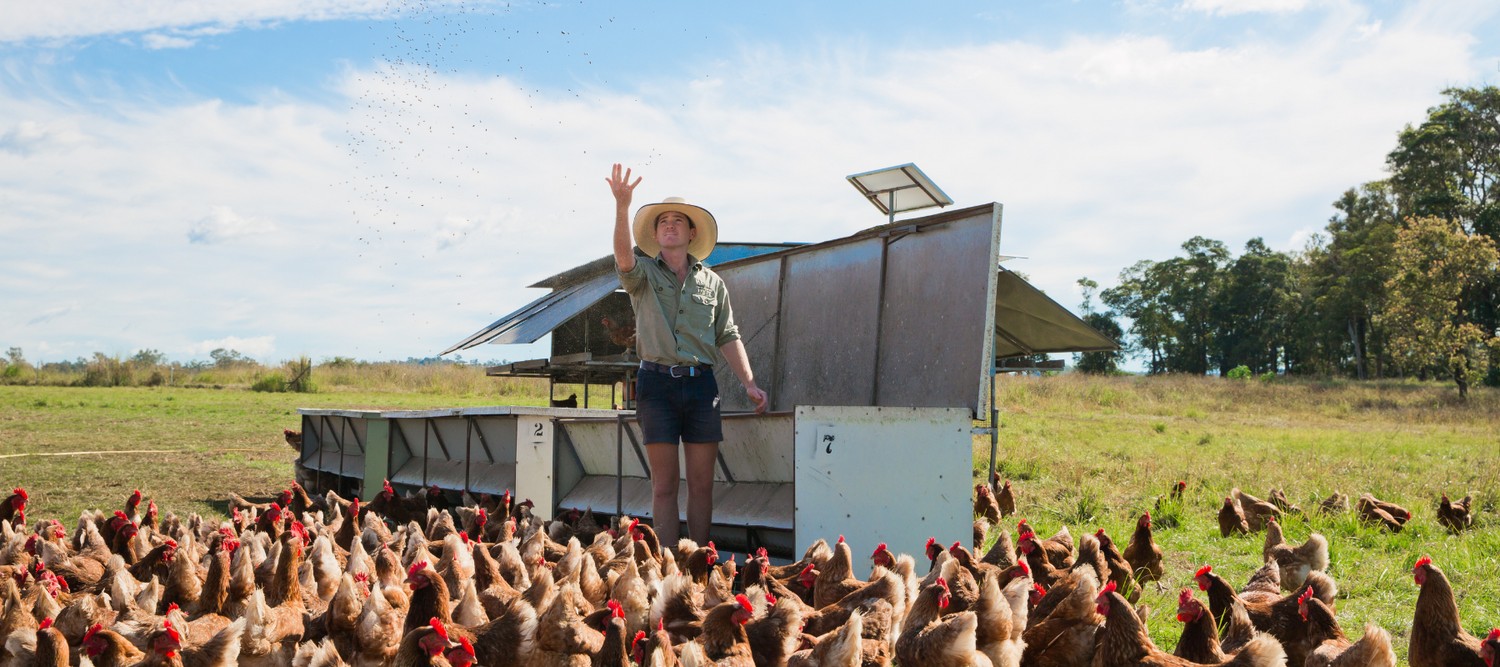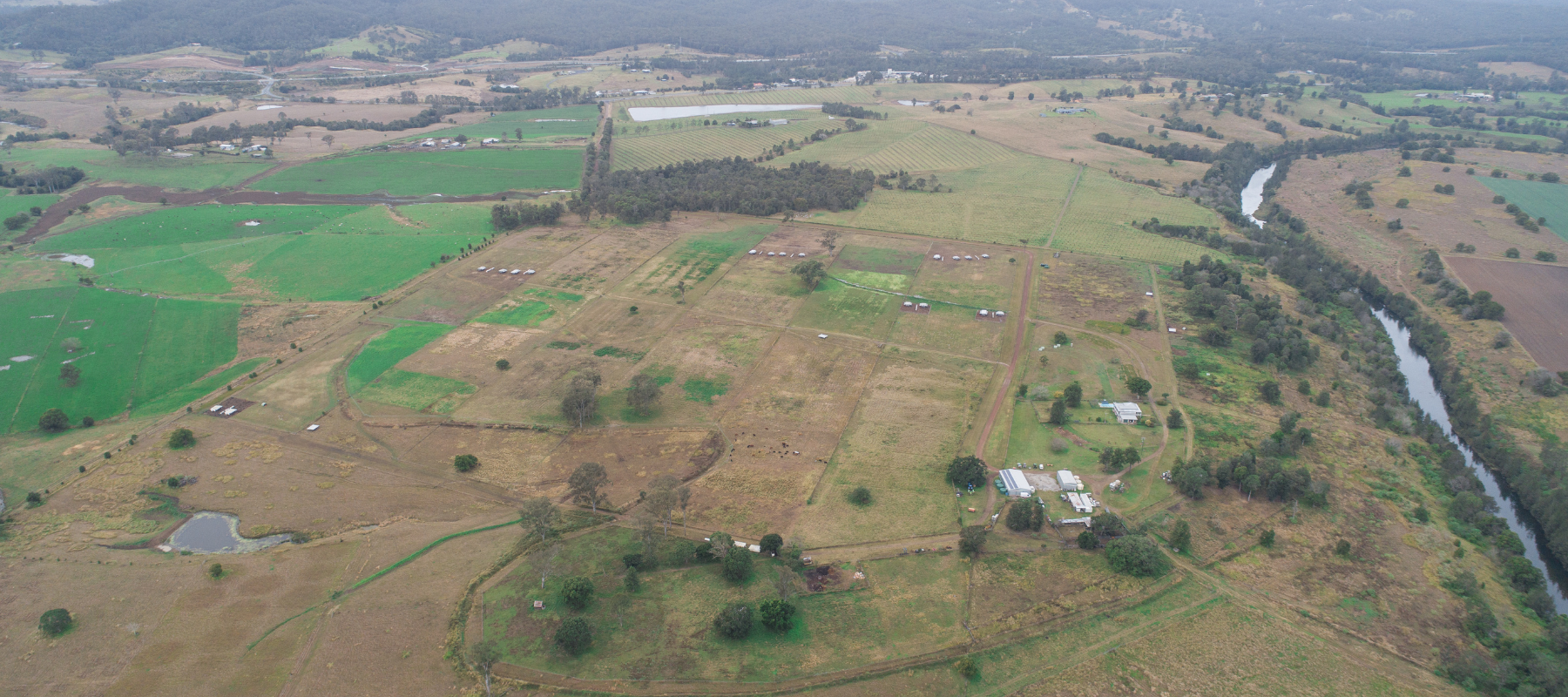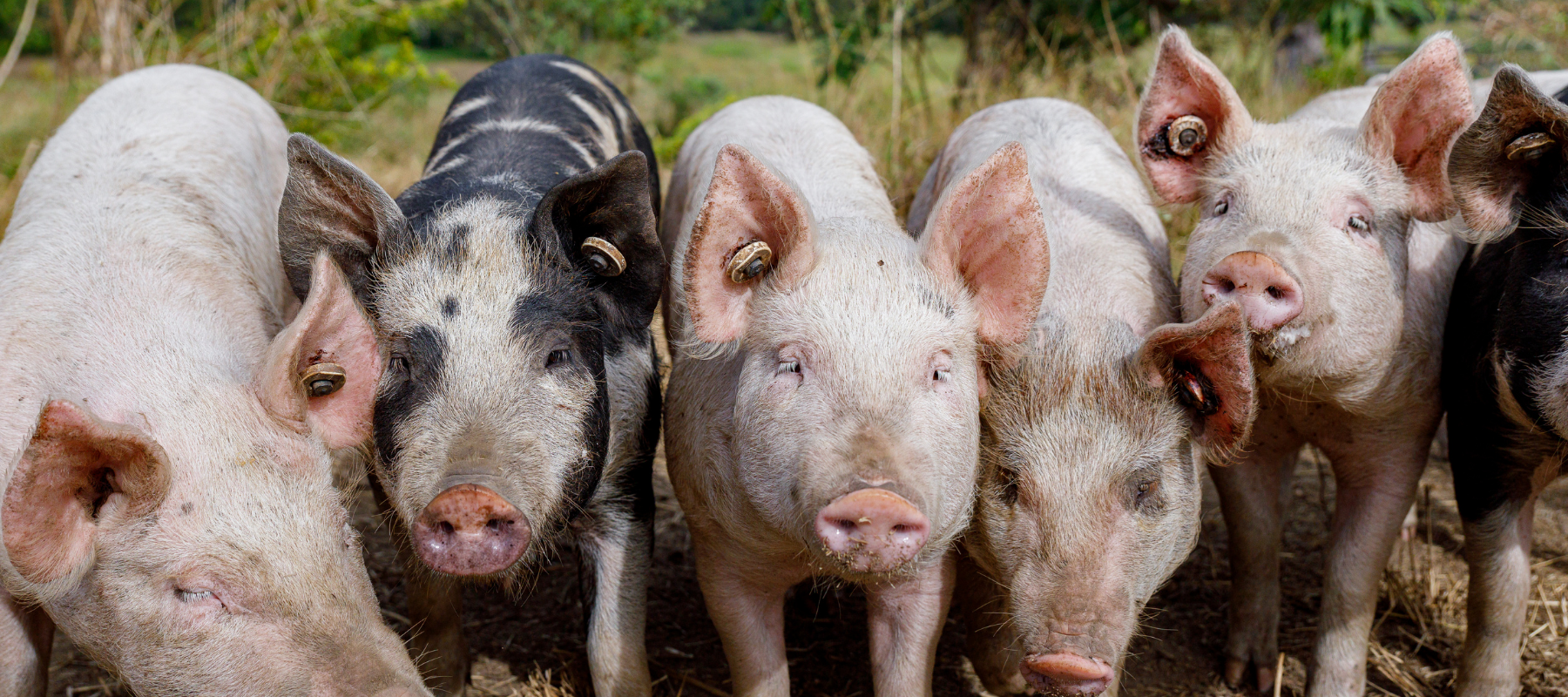Let’s talk about chickens and grain. Consumers can be forgiven for being confused about the ethics and health benefits associated with our food choices. However, we would like to reassure the health-conscious that chickens SHOULD be eating grain. Bad press surrounding grain-fed beef – and justifiably so - has led to many people thinking that grass-fed is the way to go for all animals. In fact, chickens are designed to eat grain and have been doing so since the Red Junglefowl roamed Southeast Asia thousands of years ago.
Just like their ancestors who foraged the jungle eating grain, fruits, bugs, insects, roots and seeds, the modern-day hen likes variety - including grain. As the saying goes, you are what you eat, and in the chicken’s case, a diverse diet is the key to optimal health and good quality tasty eggs and meat.
Too much grass and not enough grain can be bad for chooks. Because they don’t have teeth, they tend to eat entire leaves. If they eat too many leaves, they can roll up in a big ball inside the crop above the gizzard or the gizzard itself, leading to grass impaction and possible starvation.
 |
 |
 |
| A Chicken Gizzard | Chicken Gizzard Contents | An Impacted Gizzard |
The chicken’s digestive system includes a gizzard, a muscular crushing organ that works in conjunction with grit that the hens pick up and breaks down the grain to go to the stomach to digest. Unlike cattle which cannot properly digest a grain-fed diet, chooks have evolved to absorb the nutrients of the grain.
The wheat-based supplement we provide for our chickens is top quality and GM-free. We also give them some extra protein meals, a diverse range of grains and additional nutrients. Plus, the Forage Farms paddocks have peck containers that contain calcium rock grit, sulphur, seaweed, and bio charcoal so that the birds can peck at it as they want. These micronutrients combined with the grain and foraged food from a regularly rotated paddock are the secret to the health of our birds.
Grain is a key component of a healthy chicken’s diet and is part of the reason why our customers love the taste of our eggs so much. You can purchase our chicken here, and you can find our eggs at these stockists.




